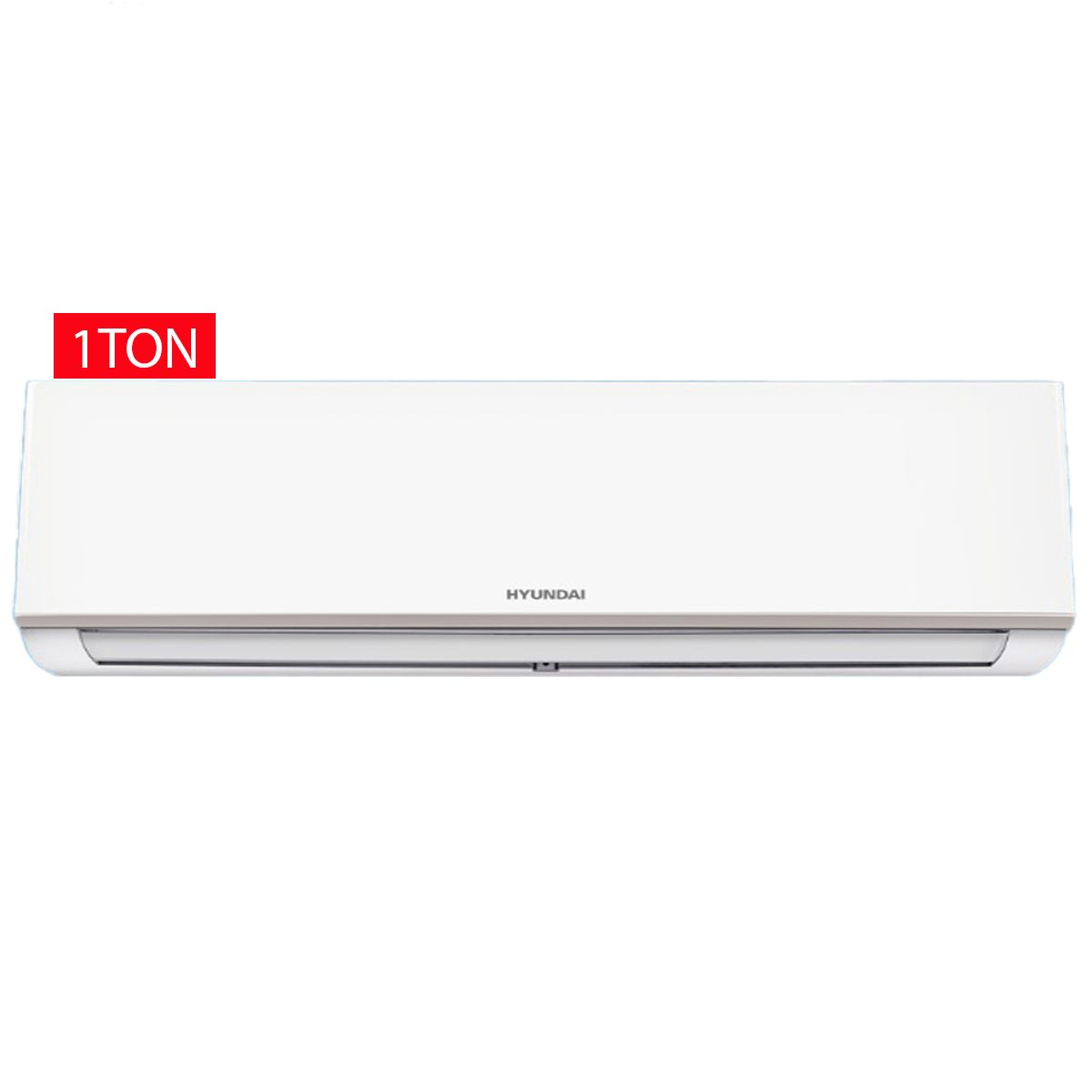What to Do If Your Air Conditioner Is Not Draining Water? A Comprehensive Troubleshooting Guide
Why is water drainage important in an air conditioner?
Common reasons why an air conditioner doesn’t drain water
Troubleshooting steps to address drainage issues
When to seek professional assistance?
Conclusion:

220-VOLT AIR CONDITIONERS IN PAKISTAN: EFFICIENT COOLING SOLUTIONS
Introduction:
Air conditioners play a crucial role in providing relief from the scorching heat of Pakistani summers. So, to make this summer less annoying, we have taken responsibility for helping you choose the best 220-volt air conditioner. We will talk about their growing demand in the Pakistani market and the benefits they offer.
220-Volt Air Conditioners:
220-volt air conditioners are specifically designed to operate efficiently with the standard voltage supply in Pakistan. These air conditioners are widely available and cater to the electrical infrastructure commonly found in Pakistani homes and commercial buildings.
The trend of 220-Volt Air Conditioners in Pakistan:
The demand for 220-volt air conditioners in the Pakistani market has been steadily increasing.
Operating Frequency (Hz) and Its Benefits:
220-volt air conditioners in Pakistan typically operate at a frequency of 50 hertz (Hz). This frequency is compatible with the standard power supply of Pakistan. The benefit of working at this frequency is that it ensures the performance is seamless and the energy consumption is as efficient as possible, resulting in lesser electricity units consumed; consequently, lesser electricity bill while ensuring optimal cooling with minimal power consumption.
Types and Brands of 220-Volt Air Conditioners in Pakistan:
There is a wide range of types and brands of 220-volt air conditioners available in Pakistan, catering to diverse needs and budgets. Here are a few examples of popular types and their approximate prices:
Split Air Conditioners:
– Haier 1.5-Ton Inverter Split AC: PKR 60,000
– Orient 1.5-Ton DC Inverter Split AC: PKR 70,000
– Gree 1.5-Ton Split AC: PKR 55,000
Window Air Conditioners: – Dawlance 1.5-Ton Window AC: PKR 45,000
– Orient 1.5-Ton Window AC: PKR 40,000
Advantages of 220-Volt Air Conditioners:
220-volt air conditioners offer several advantages over air conditioners of other voltages. Here are a few key benefits:
– Energy Efficiency: 220-volt air conditioners are designed to work optimally with the power supply in Pakistan, resulting in lower energy consumption and reduced electricity bills.
– Cost-Effectiveness: With their energy-saving features, 220-volt air conditioners can help save money on electricity bills in the long run.
– Cooling Performance: These air conditioners provide effective and superior cooling, comparable to air conditioners of other voltages, ensuring a comfortable indoor environment.
Electricity Consumption of 220 VOLT Air-Conditioners
Compared to air conditioners of other voltages, 220-volt air conditioners consume less electricity due to their optimized design and compatibility with the power supply resulting in lower energy consumption, which positively impacts overall electricity consumption.
It is estimated to decrease the electricity consumption by 15%
Monthly Savings through 220 Volt Air Conditioners
The impact of 220-volt air conditioners on electricity bills is significant. By consuming less electricity, these air conditioners can lead to considerable savings.
The exact difference in the electricity bill will vary based on factors such as usage and electricity rates. Still, it is common to observe a noticeable reduction when using a 220-volt air conditioner.
The estimated saving would be around 10,000 – 20,000.
Superior Cooling Performance!
220-volt air conditioners provide efficient and effective cooling.
They are designed to cool rooms adequately, ensuring a comfortable indoor environment similar to air conditioners of other voltages.
BEST FOR HOMES!
Using a 220-volt air conditioner at home offers several benefits. These include energy efficiency, cost savings on electricity bills, and a comfortable living environment during hot summer days.
Low Operating cost for your commercial needs
220-volt air conditioners are equally beneficial for commercial buildings. They provide energy-efficient cooling solutions, resulting in lower operating costs for businesses while maintaining a pleasant environment for employees and customers.
Installation Differences:
Installing a 220-volt air conditioner is generally like installing air conditioners of other voltages. However, it is crucial to ensure that the electrical infrastructure of the building is compatible with the 220-volt system. It is recommended to consult a professional technician for a safe and proper installation.
Compatibility with Other Voltage Supplies:
220-volt air conditioners are specifically designed to be compatible with the standard voltage supply in Pakistan. However, it is important to ensure compatibility when using them with alternative voltage supplies to avoid any electrical issues. It is advisable to consult an expert or refer to the manufacturer’s guidelines for compatibility information.
It must be noted that these ar-conditioners can work perfectly with a 230 or 140 voltage supply but if the voltage supply is significantly different like of 110 then it can cause damage to the air conditioner and also impact its performance.
Conclusion:
In conclusion, 220-volt air conditioners offer a range of benefits, including energy efficiency, cost savings, and effective cooling performance.
With their growing popularity and increasing demand in the Pakistani market, they have become a preferred choice for homes and commercial buildings.
By choosing a 220-volt air conditioner, you can enjoy a comfortable environment while reducing your electricity consumption and saving on your bills. Embrace the efficiency and cooling power of 220-volt air conditioners—they are the way to go!
